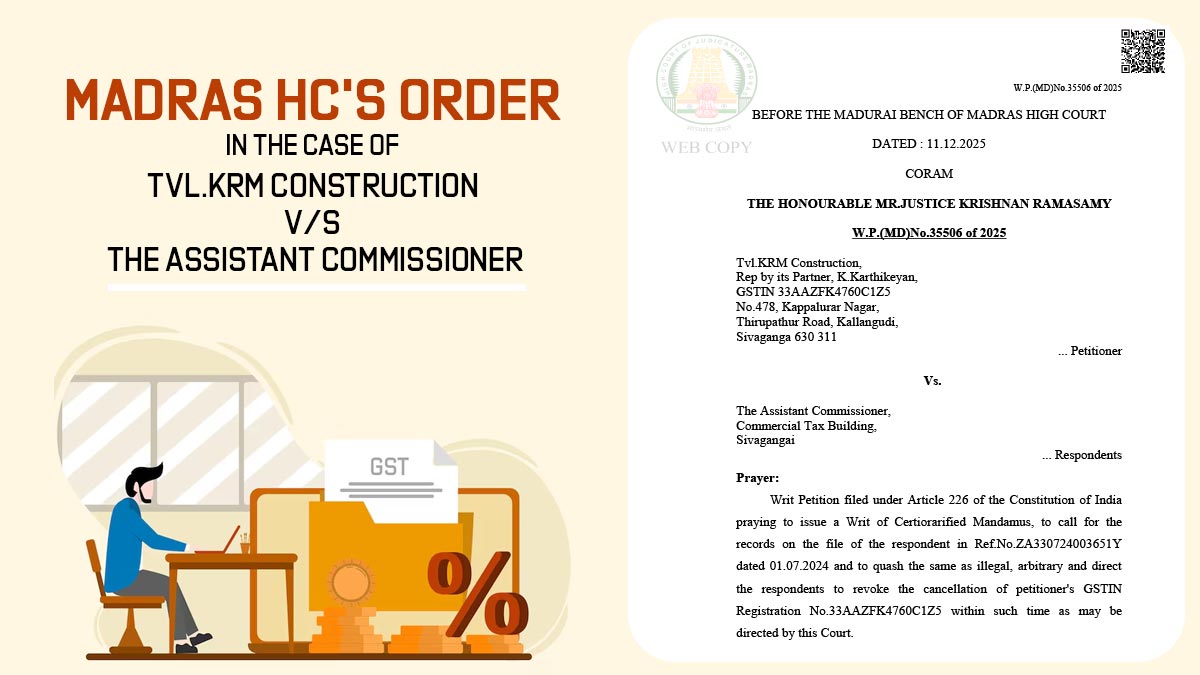
What a great infusion of government and general public has been showcased in this recent time when there is a whirl of Goods and Service tax around the nation. The one tax rate concern is a very old issue, perhaps started in 1974 in the United States, when Arthur Laffer an American economist first jot down the one tax case what is known popularly as ‘laffer curve’.
This was the first time when a single tax to cover all the revenue collection scheme was thought to be in origin, but the problem assisted with this is that there was no single tax rate which can prove this formula and also no method to extract the same.
The same dilemma has been faced by the Indian economy when GST was discussed to be implemented but how and exactly at what rate. At present, the Indian economy has been fetching around 9 lakh crore of the total tax from a variety of indirect tax but the GST is aiming to bring the count of taxes to 3 or 4 rates only which can collect the desired amount of tax or even more out of it.
The proposed action of the center is that it will cover the losses of revenue for states till five years but it will ultimately increase the overall burden of the center. This same burden is likely to incur more charges and the tax rate on luxury goods as the buyers will have to pay more cess on the luxury item he or she is willing to purchase. Some of the higher ministry officials have given a voice to this multiple GST rates along with some opposition also raised for the same. This means the GST which says that One Nation – One Tax will not be getting succeeded in the matter of multiple GST rates being applied.
Now the very questions roaming around the streets of political corridors are that what will be the final GST rate and seriously there is no point to discuss as there are various categories of products which will be infected by different tax rates, but the general tax rate which is mostly coming on the rumors is 18 percent.
Well, the obvious reason to implement different GST rates is for the motive of making a significant room for the general class and upper class of the society. The goods which upper class prefers in their daily use might not be essential to the lower class for daily usage. A laptop and a shoe cannot be taxed at the same rate. The conclusion might not be the last, but it should certainly evoke some eyes over the significant GST regime as it has the potential to turn the pages of Indian economy on a deep level.










